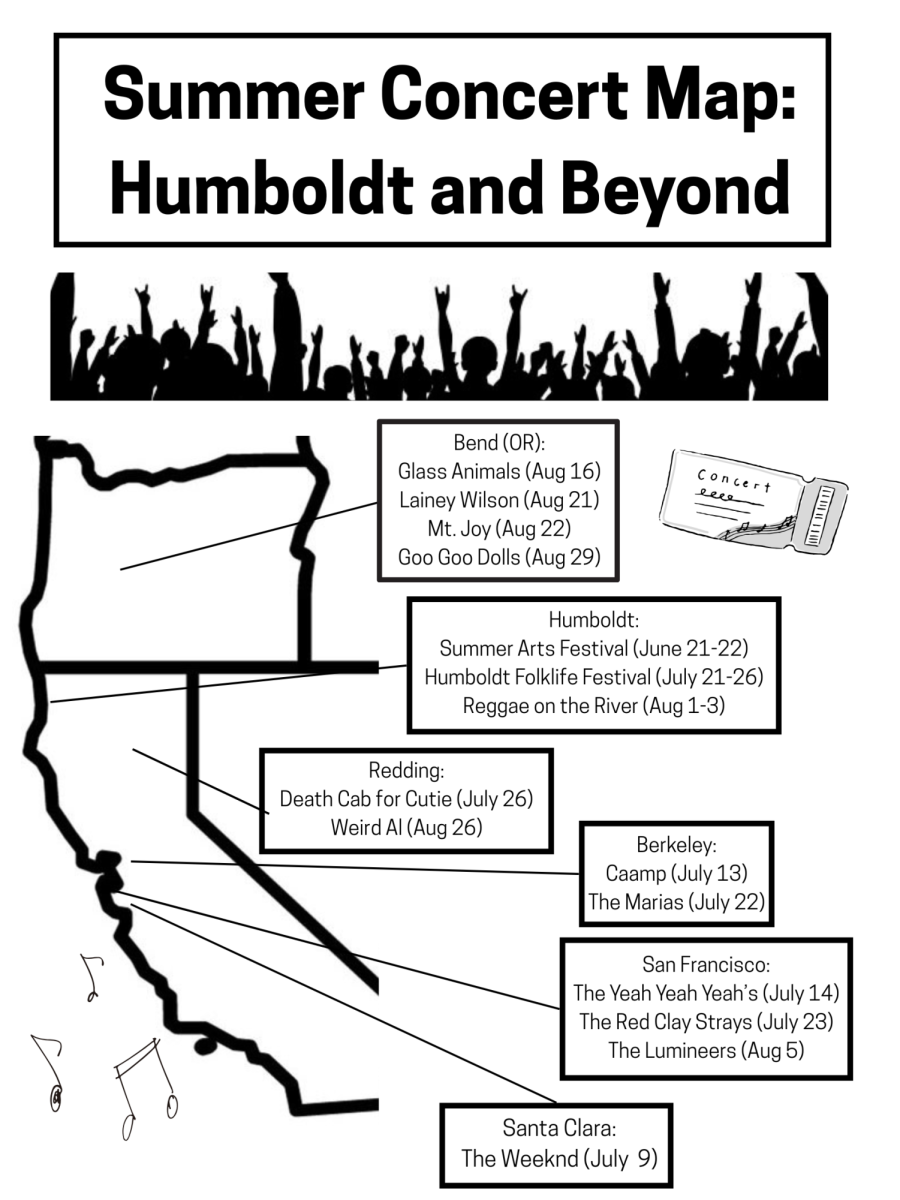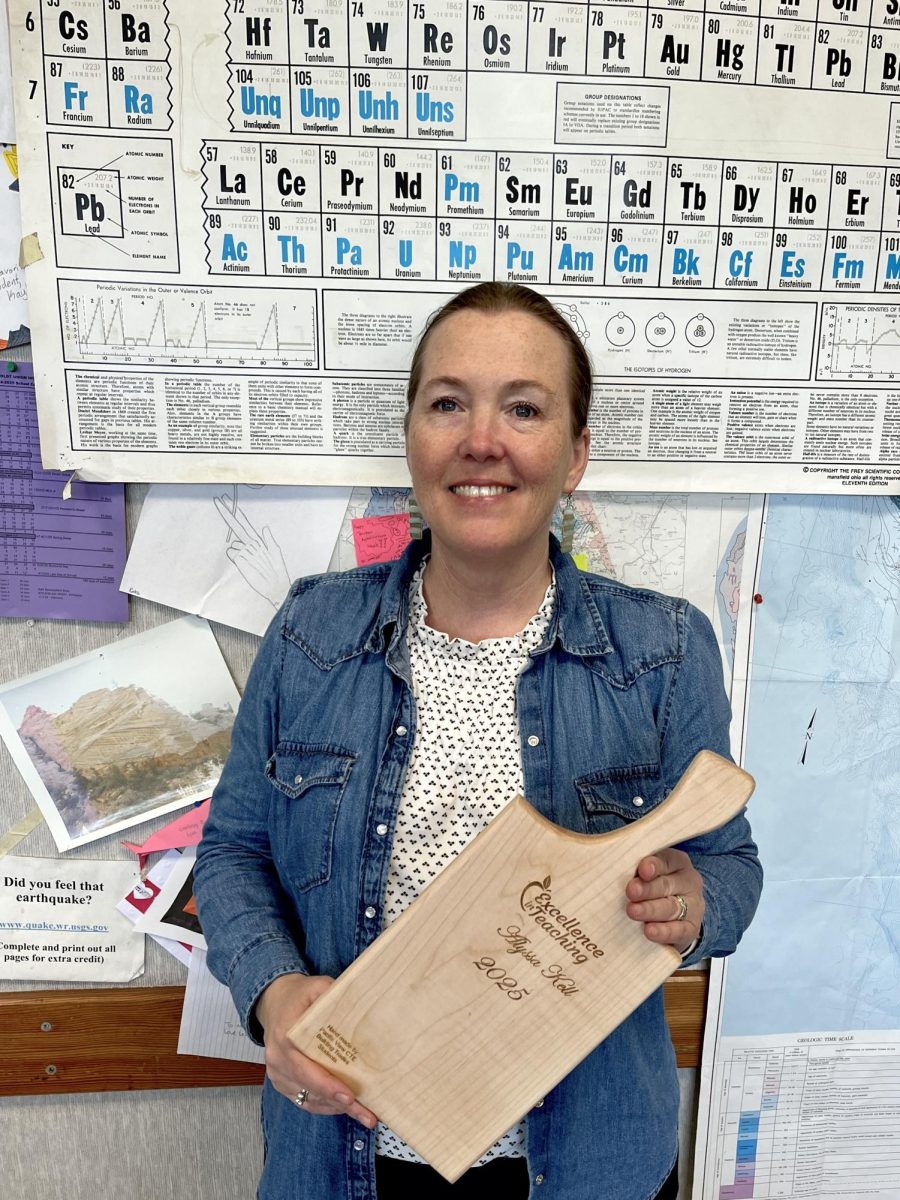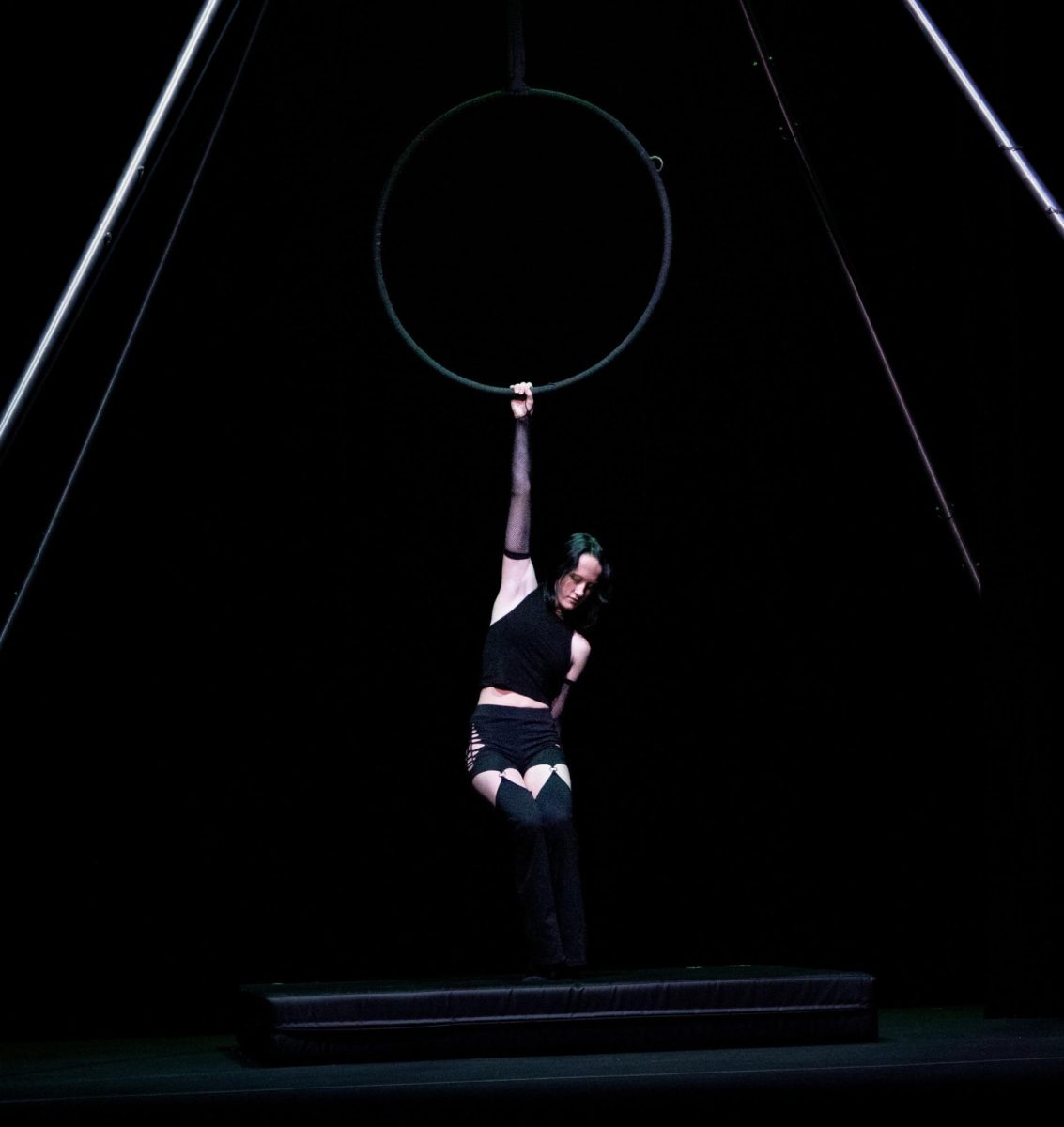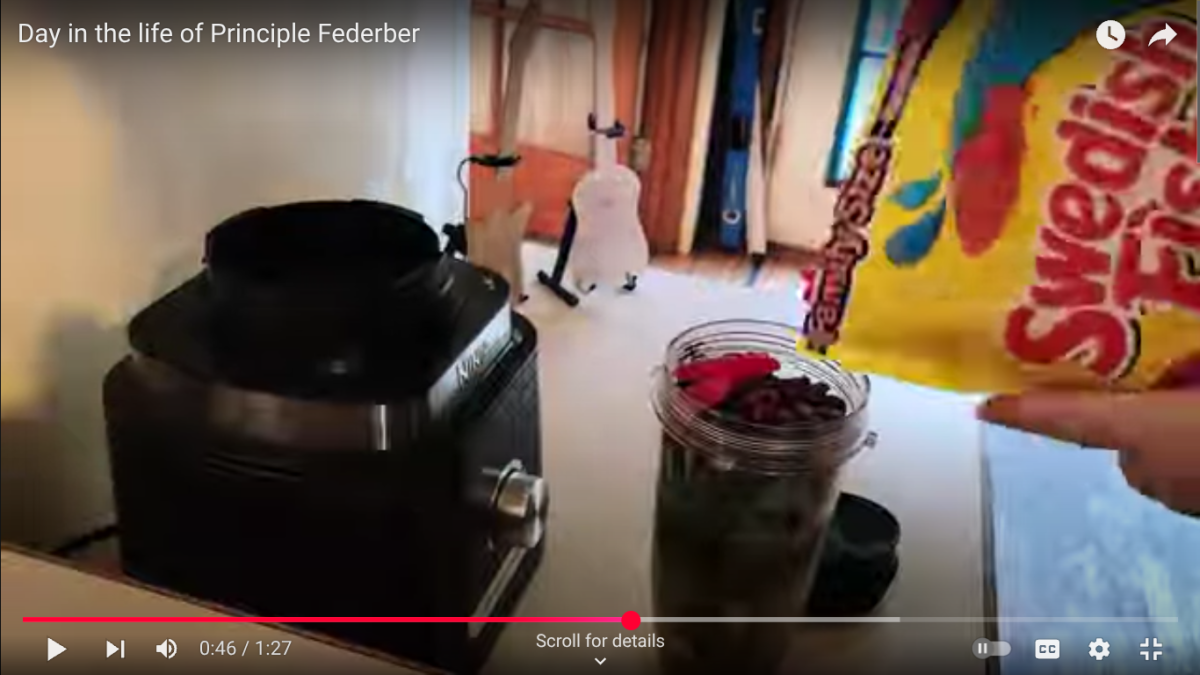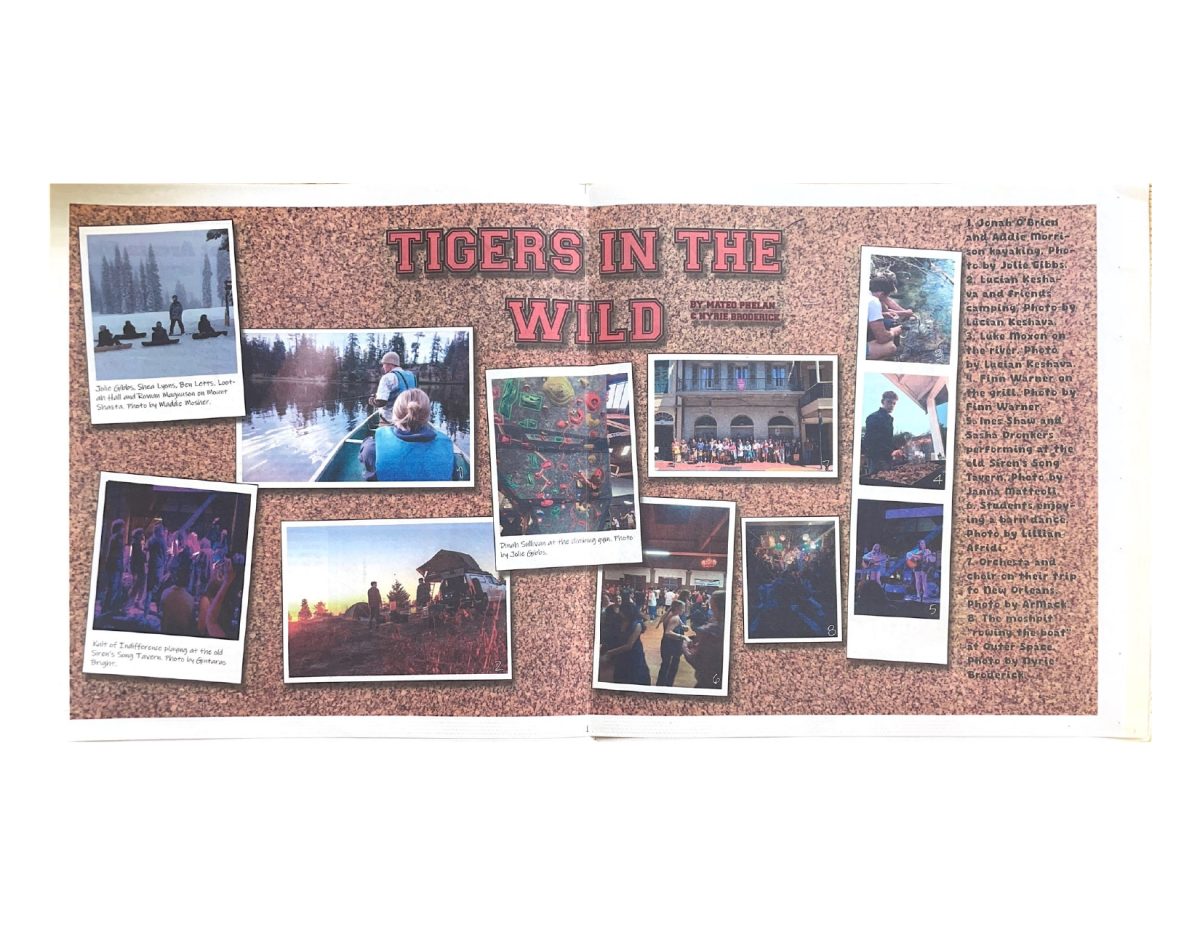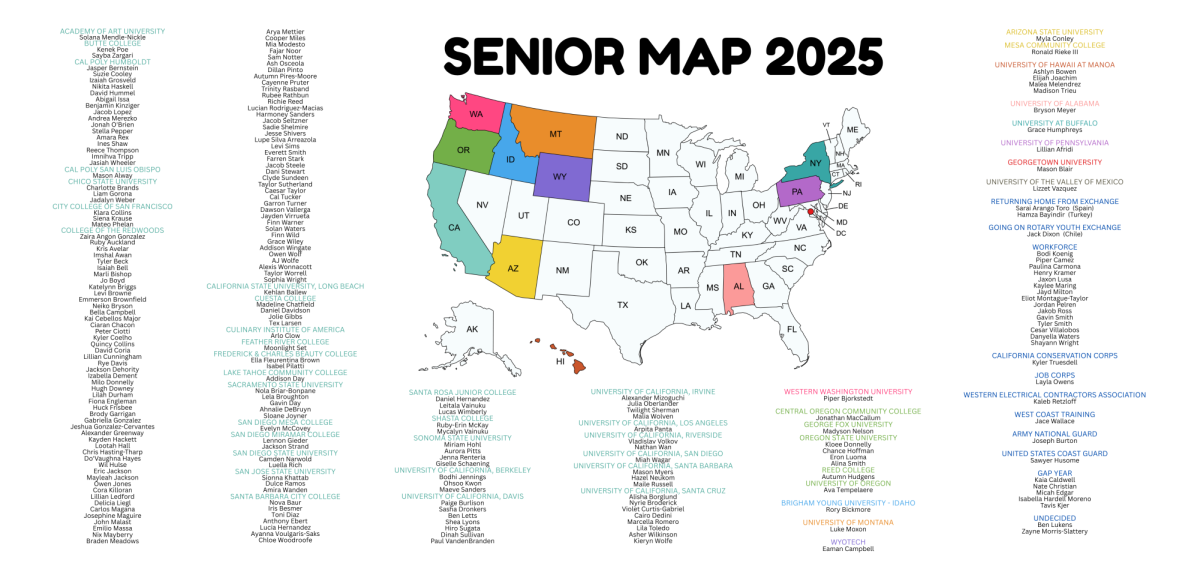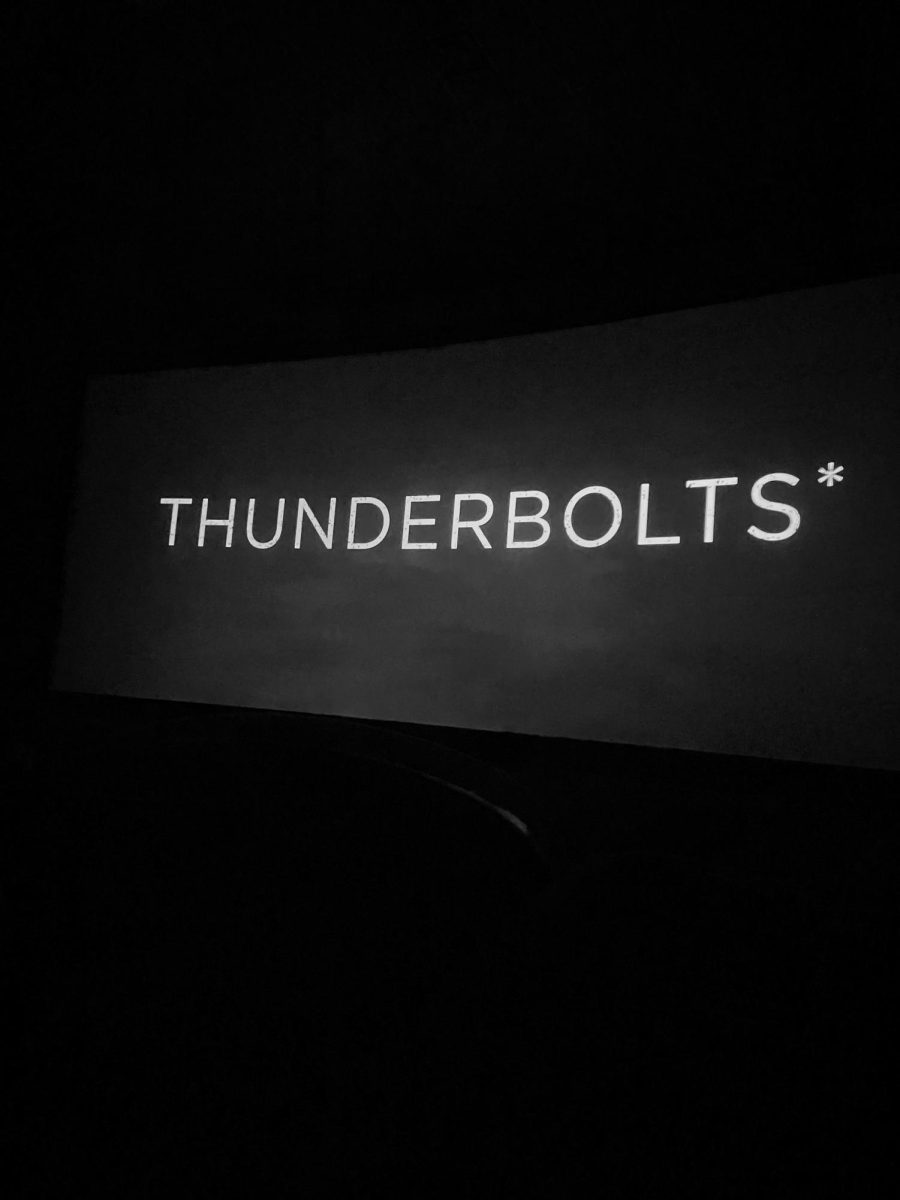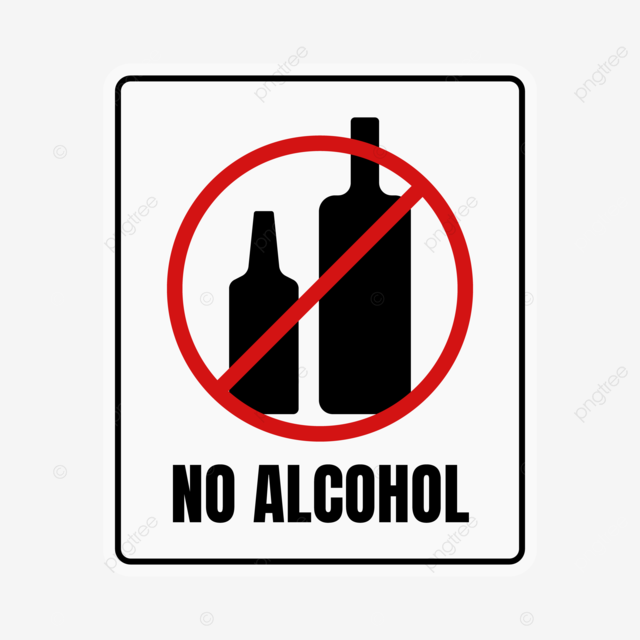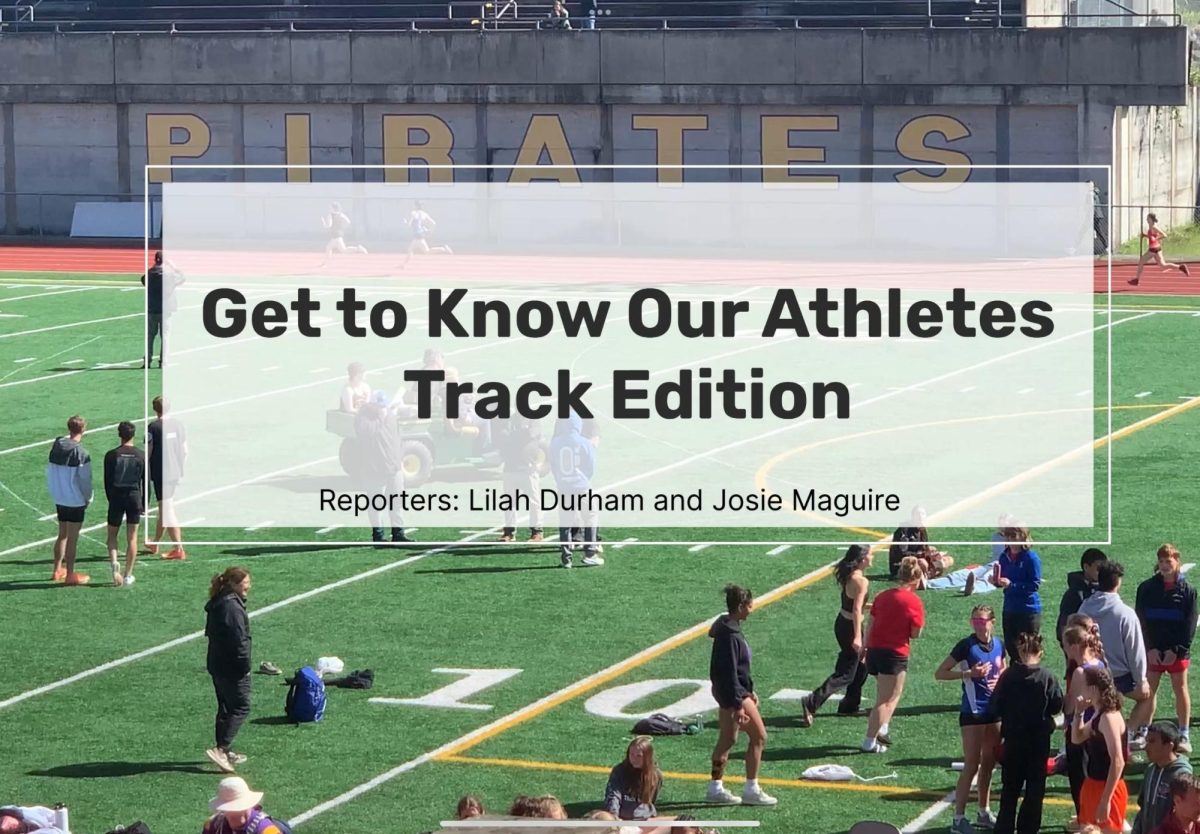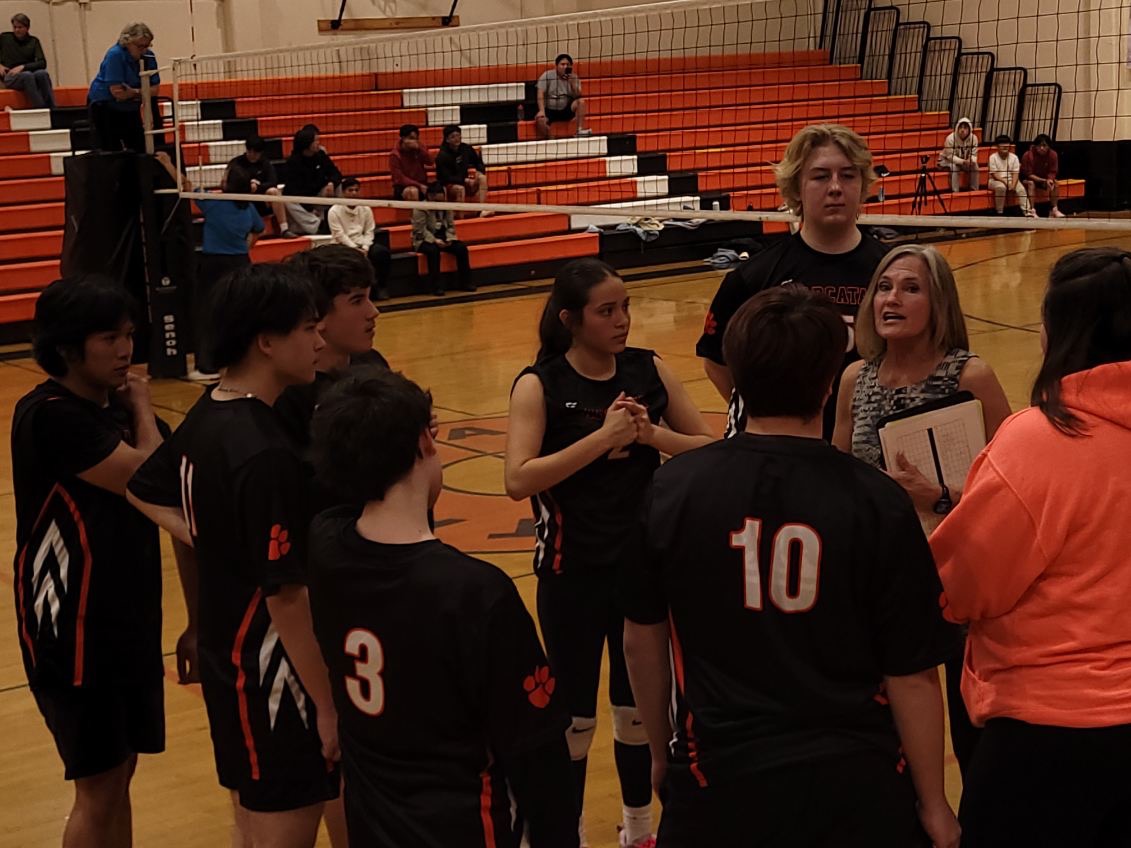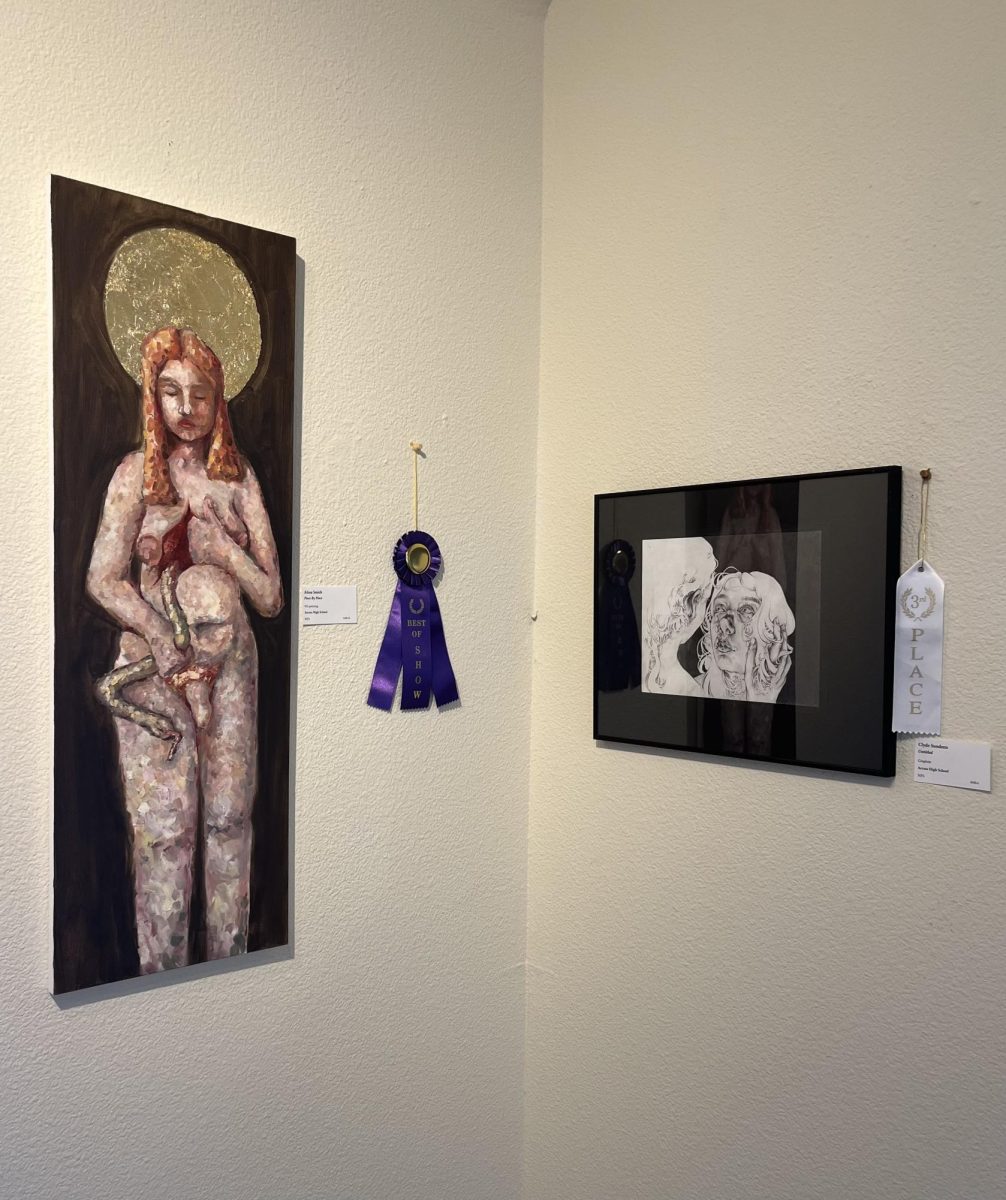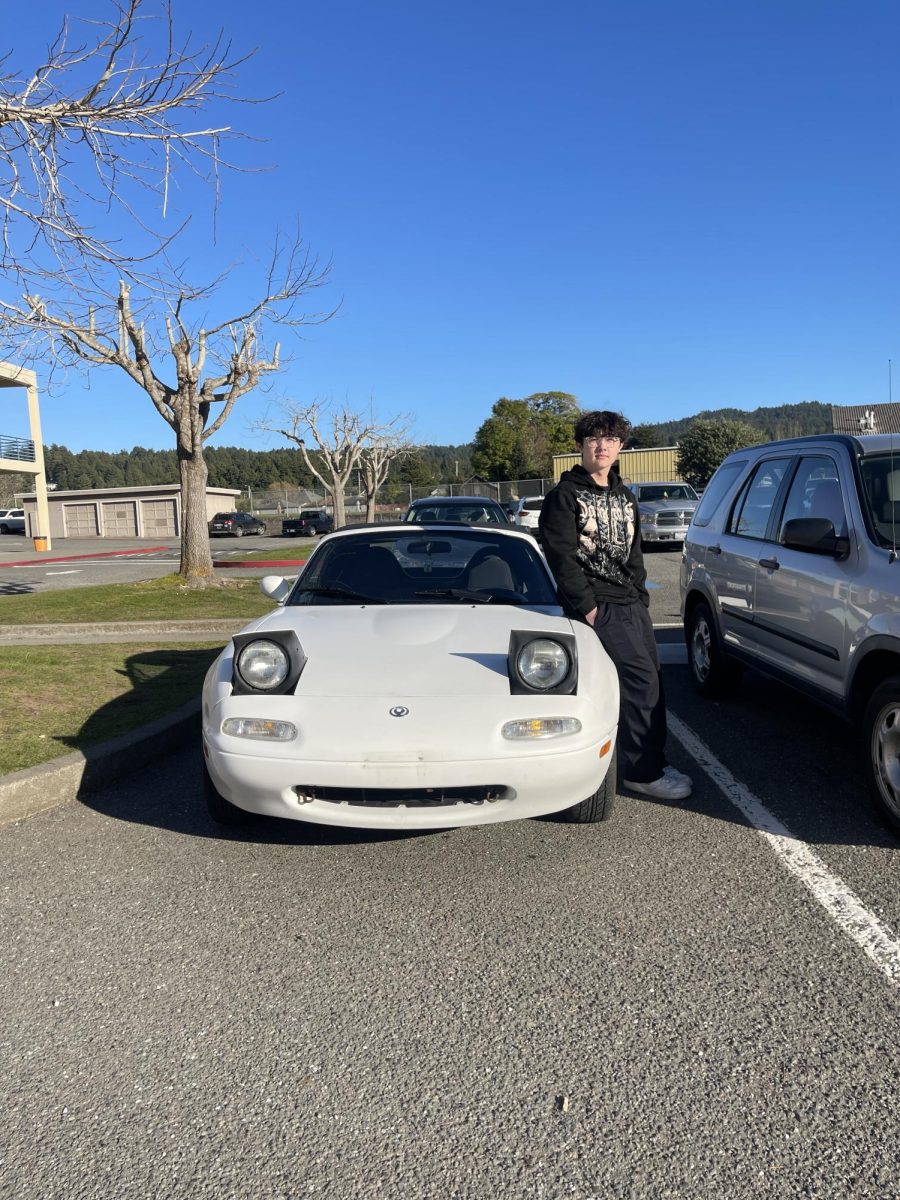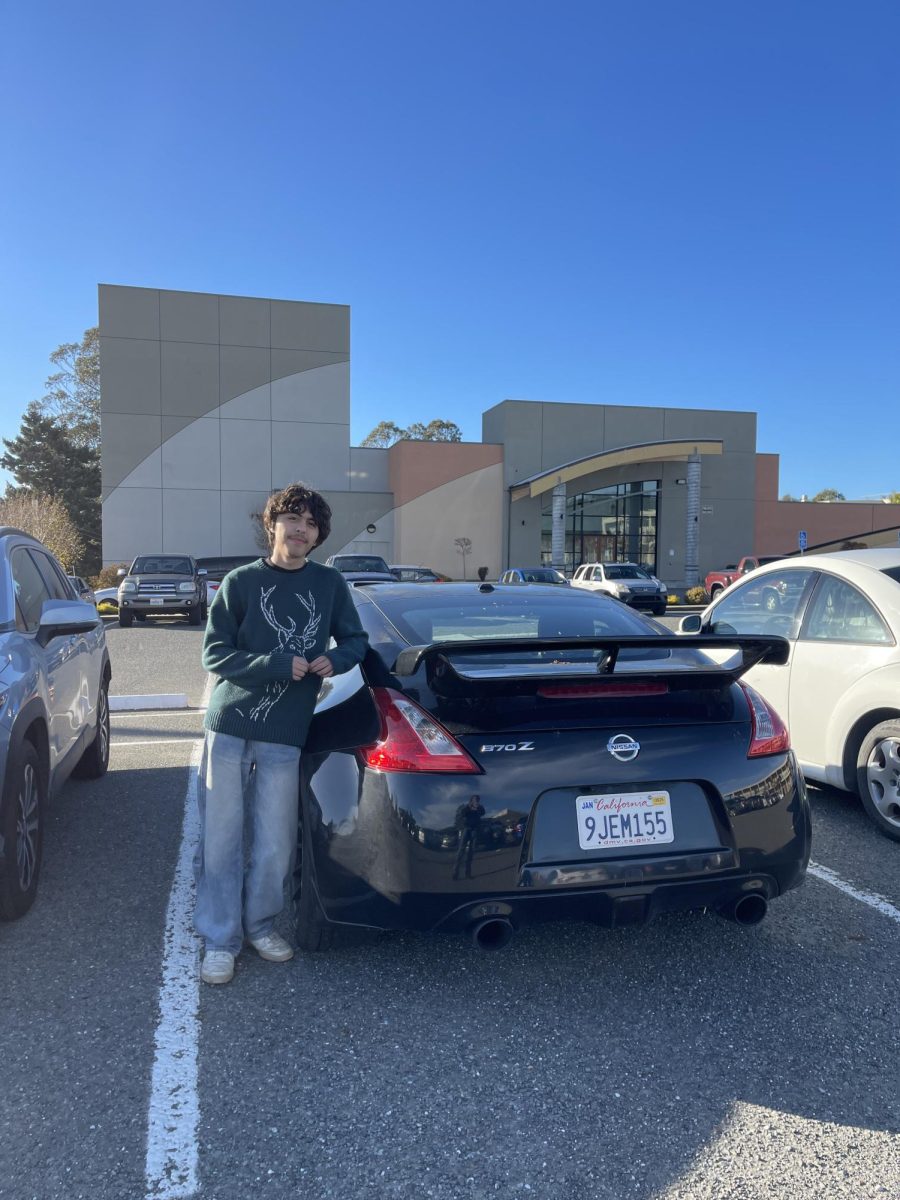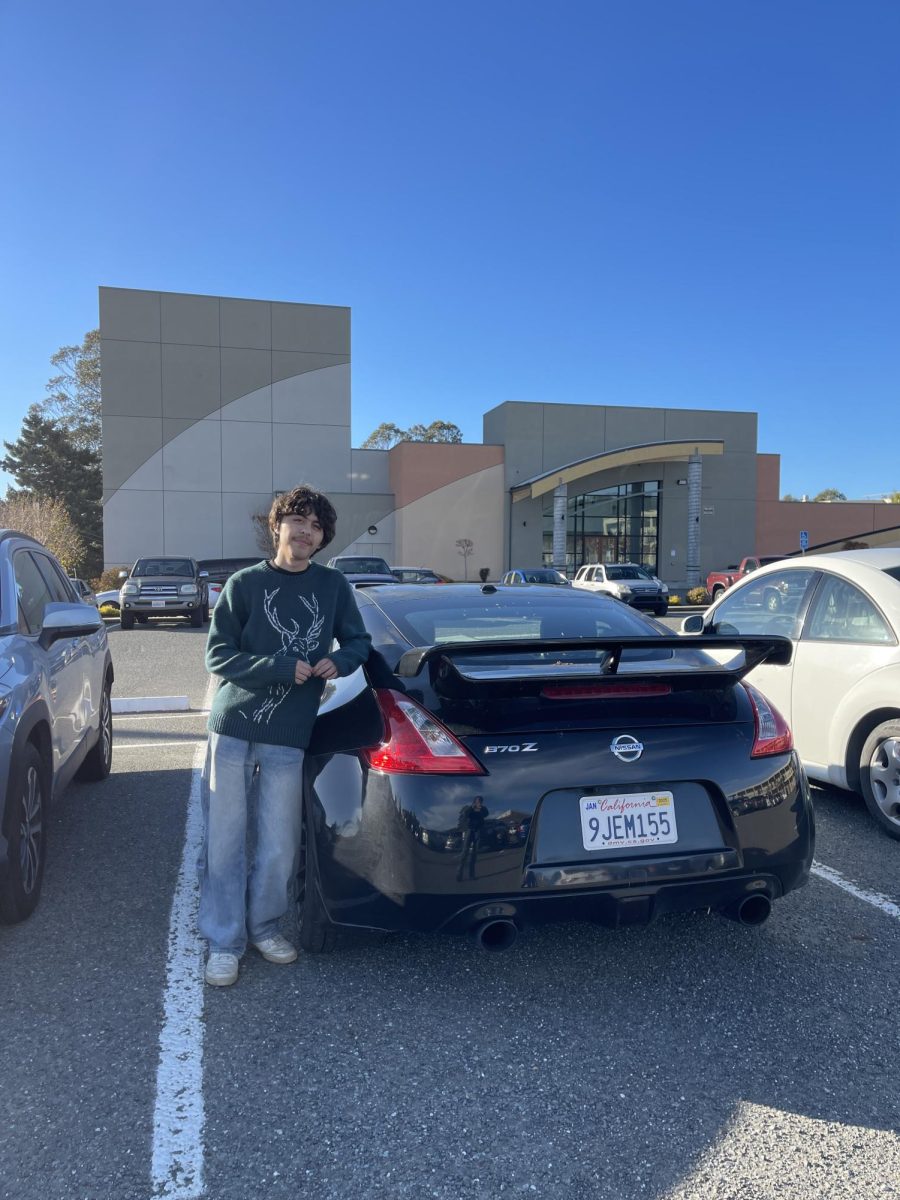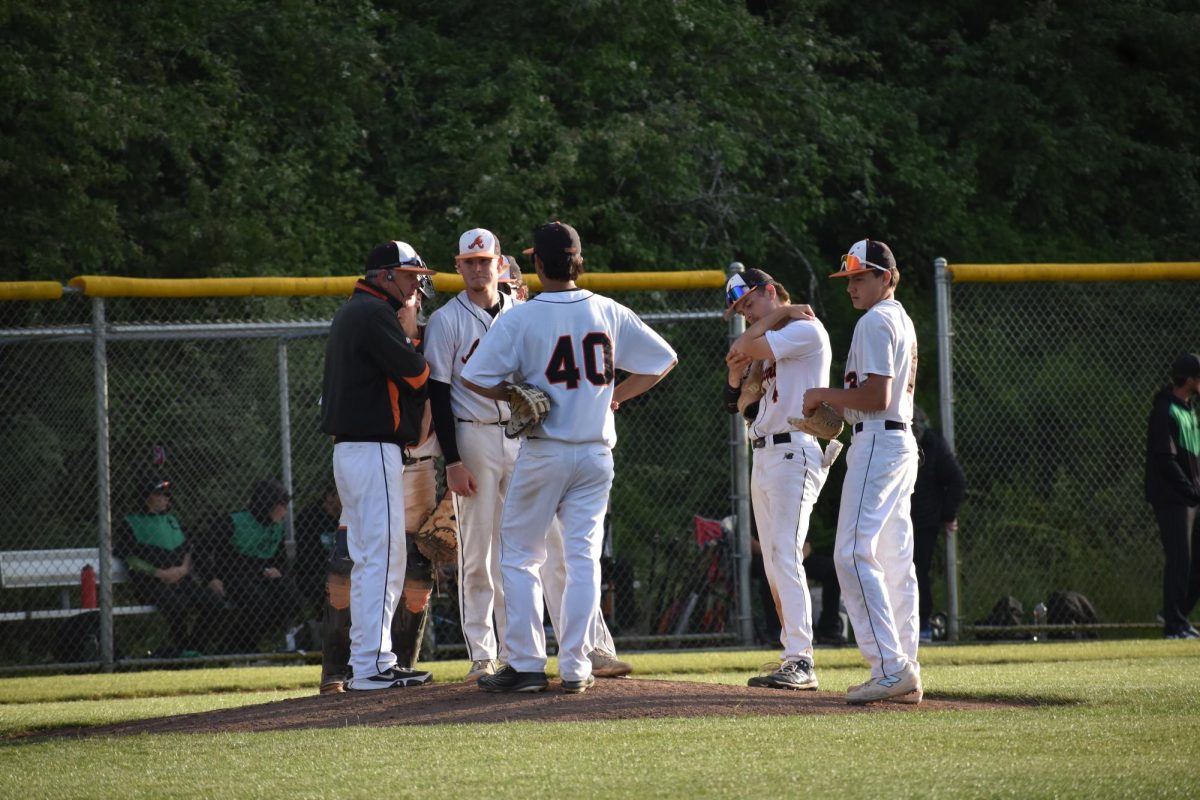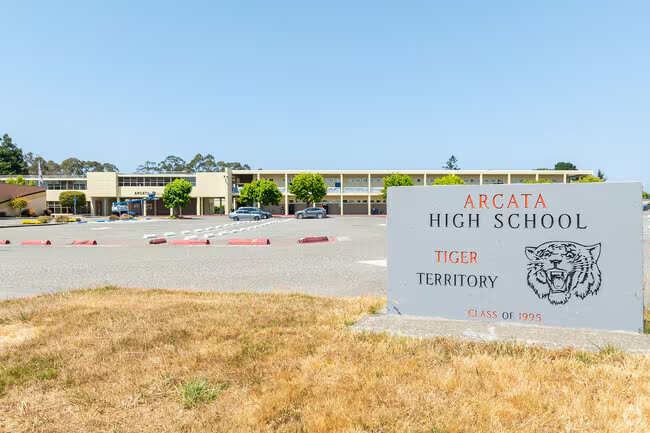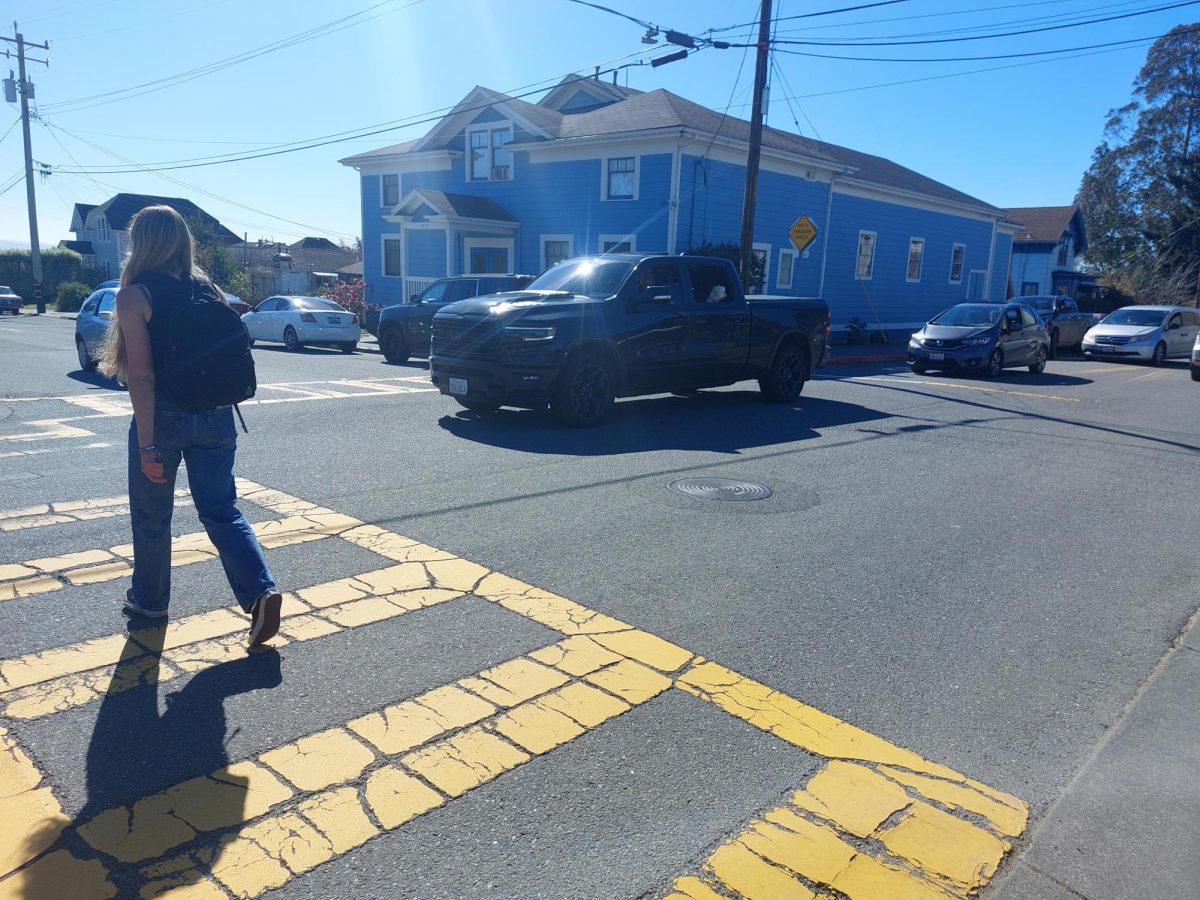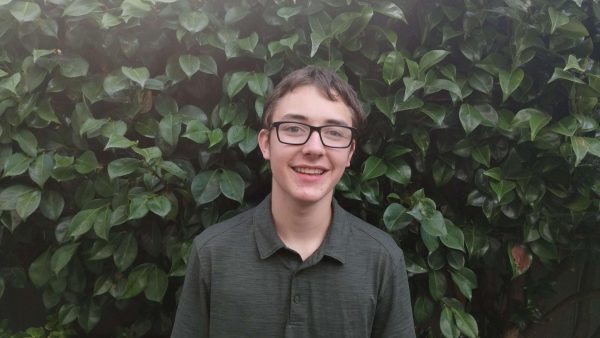For 15 minutes before and after school, Arcata High School’s parking lot becomes a chaotic nightmare. Cars pile up into long lines, pedestrians scramble to find gaps between cars, and frustration mounts between students and parents trying to leave.
Much of the population accepts this daily pandemonium as the status quo. However, climate change has forced communities to start considering the cost of systems of transportation many had taken for granted. New studies have started to evaluate costs cars place on a city and the benefits granted to people when they start adopting alternative forms of transit. Examining school transportation from the past can shed light on how we solve Arcata High School’s present and future transportation issues.
A 1972 survey by the Federal Highway Administration of 13,218 high school students found 37% of students took school buses, 20% were passengers in private cars, 8% were drivers of private cars, and 26% walked or rode a bicycle. This is a stark contrast to today, where cars are seen as a cultural right of passage into adulthood and the ideal place to congregate during lunch and breaks.
Today, trends have heavily shifted towards driving. A 2012 study of school transportation in California found 50% of students are driven in cars, 13% take school buses, 24% walk to school, and 2% bike to school. Although Californian students walk more than the national average, Californian students are also transported using cars more than average on account of a lower proportion of students taking school buses. 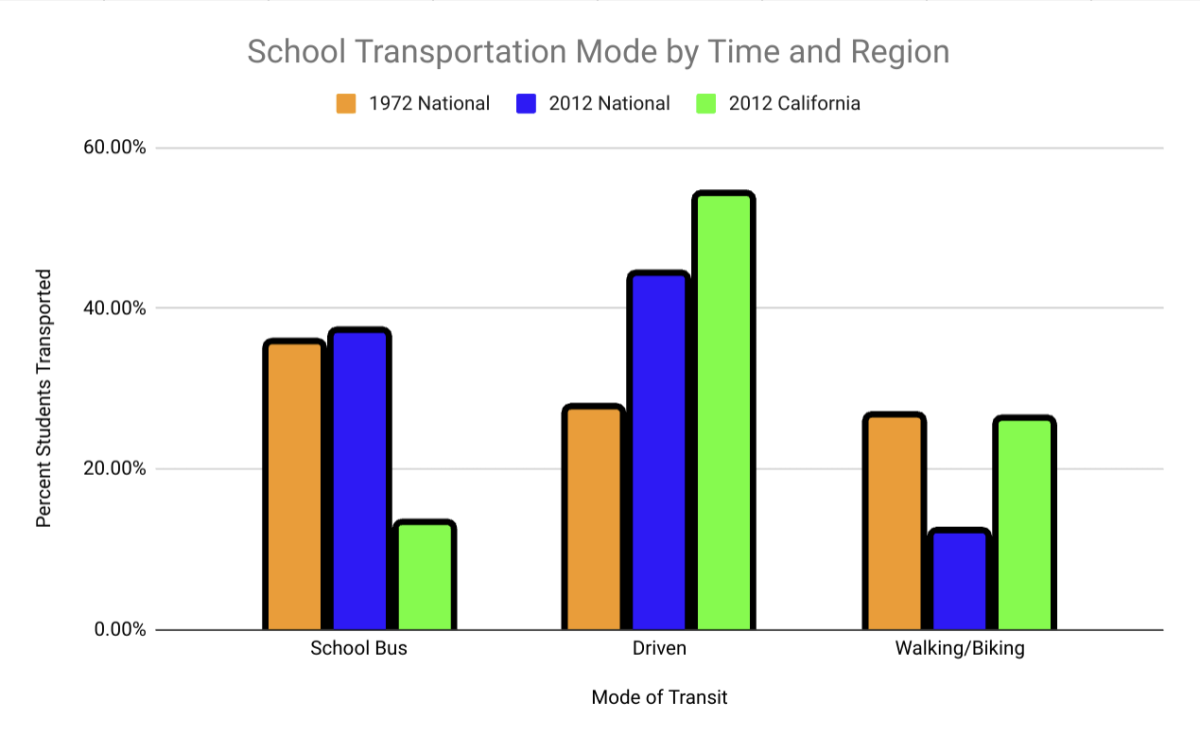
We see these trends in the progression of land use at Arcata High School. In 1974, Arcata High School had very little land dedicated to parking and driving, and most land dedicated to school buildings and green space. In the following 50 years, new construction in the school favored increased space to accommodate cars and parking. At present, 45% of the land area of our campus (excluding sports fields) is area designed primarily for cars. The remaining 55% of the area is built for students.


Although Californian students ride school buses less often than the national average, school buses still deliver many students to Arcata High School.
“AHS average is approximately 225 students riding the bus on a daily basis,” Northern Humboldt Union High School District director of transportation Sarah Goodwin said.
According to data by the National Highway Traffic Safety Administration and the Insurance Institute for Highway Safety, the chance of being involved in a fatal car crash in a school bus is 74 times less than being driven by a parent aged 30-59 and 222 times less than a student aged 16-19 driving themself to school.
“My parents are usually really busy in the morning because they have to get to their jobs early, so they get more time to get ready and I get more time to get ready because it leaves more early than they would have to leave,” sophomore and bus rider Geovanni Lampro said. “It is definitely a positive impact because there are less individual cars driving.”
Biking provides a cheaper alternative to the freedom than a car provides. A study of car ownership costs from the journal Ecological Economics found owning even a small car can cost half a million dollars over a person’s lifetime or $693 every month. In addition, the study estimates the social costs of owning a car costs society about $5196.92 every year in expenses borne by society, including healthcare costs from crashes and noise exposure, increased road maintenance and land use, and climate change related damages caused by emissions from cars.
A study by the Victoria Transportation Policy Institute found bicycling costs only $550 per year. In addition, a study published in the British Medical Journal of 263,540 participants found cyclists were significantly less likely to die during the study from any cause.
“I think biking to school is real nice, because, for sure you save gas money. It’s good exercise,” sophomore and avid biker Avery Wassenaar said. “I’ve been doing it for a long time.”
Improvement in Humboldt County’s transportation infrastructure may incentivize some drivers to switch to alternative methods of transit.
Biking from Arcata to Eureka or McKinleyville both require going on thin, rural roads with high-speed traffic that is often unaware or ambivalent of bikers or riding on the shoulder of a highway. This lack of infrastructure makes biking between Humboldt County’s cities too dangerous for the risk tolerance of many students and parents. A bike trail between Arcata and Eureka along Highway 101 is being built with construction scheduled to finish in October 2024.
“It’s just easier for me because I usually have work in Eureka at 1, so lunch is at 12:45 and I have to go straight there, which I could not do on a bike,” senior and driver Evan Azinger said.
The school bus has some issues and runs slow especially when making through the rush in the morning.
“I think if we had a bus lane it would help a lot because right now the bus gets stuck in traffic and I don’t want to wait in the bus for 30 minutes,” junior and bus rider Wesley Stark said.
Within Arcata, biking is more encouraged. The League of American Bicyclists has awarded Arcata with a silver rating as a bicycle friendly community since 2012. Their report found 61.23% of the survey respondents in Arcata were at least somewhat satisfied with Arcata’s biking infrastructure. Arcata does provide bike lanes on some streets like 7th Street and G Street but some streets like Alliance can be hazardous during times of high traffic.
“There could be bigger bike lanes. I ride a lot on Old Arcata Road and they have a really small shoulder. But other than that, Arcata’s infrastructure for biking is pretty good,” Wassenaar said.
Starting in the 1950s with the increased prominence of car-based suburban development, cities started implementing parking minimums policies. Parking minimum policies mandate new development have a certain amount of parking spaces based on how many residents or customers a new development expects to serve. These policies highly disincentivize high density walkable development and incentivise sparse, car dependent urban sprawl. Recently, some cities have started to remove these minimums to increase dense development and reduce barriers to building new housing and business spaces.
Locally, the City of Eureka is being sued by a local group over the city’s decision to convert municipal parking spaces into housing developments. The group’s multiple lawsuits allege the lack of parking spaces will hurt downtown businesses and the city didn’t properly follow the California Environmental Quality Act when allowing developers to submit plans for the lot.
Arcata High School AP Macroeconomics teacher Adam Pinkerton explained that if Arcata High School were to reduce parking space and utilize it in other ways, the parking lot would likely become more competitive as the value of a parking spot increased. This would also result in more students parking on nearby streets and parking lots. Pinkerton didn’t think lowering the supply of parking spaces would increase alternative transportation ridership without some sort of external incentive.
“You have to create some sort of incentive-based shifter for the demand curve to actually move,” Pinkerton said. “You would definitely see an increase in alternative means when students realize there are no useful options other than biking, walking, car sharing, or riding the bus.”
Some drivers disagree with removing parking and think the current parking capacity of Arcata High isn’t enough.
“I think it’s a good thing that the majority of the school is parking lot,” Azinger said. “There are still parking issues all the time and it seems like it is something that should be worked on. There still aren’t enough spaces. There are still plenty of times where I have to park across the street. I don’t think there needs to be less of a parking lot.”
In order to meet the Paris Climate Agreement’s goal of global temperatures only rising by 1.5 degrees celsius, carbon emissions related to transportation need to decrease by 3% every year. Local, regional, national, and global policy will need to be adjusted to meet this goal, with transportation being a large area of focus. By utilizing transportation outside of driving, Arcata High School students have been able to contribute to the global effort needed to protect Earth’s environment and people from catastrophic damage caused by climate change.
“I think biking to school definitely has a small impact on the environment, the problem is, not a lot of people do it, but if more people did it it would have a bigger impact,” Wassenaar said.

